What do I need to know about heat pumps? Charlie Luxton explains the benefits
Architectural designer and Ideal Home's resident renovation expert Charlie Luxton shares his design know-how
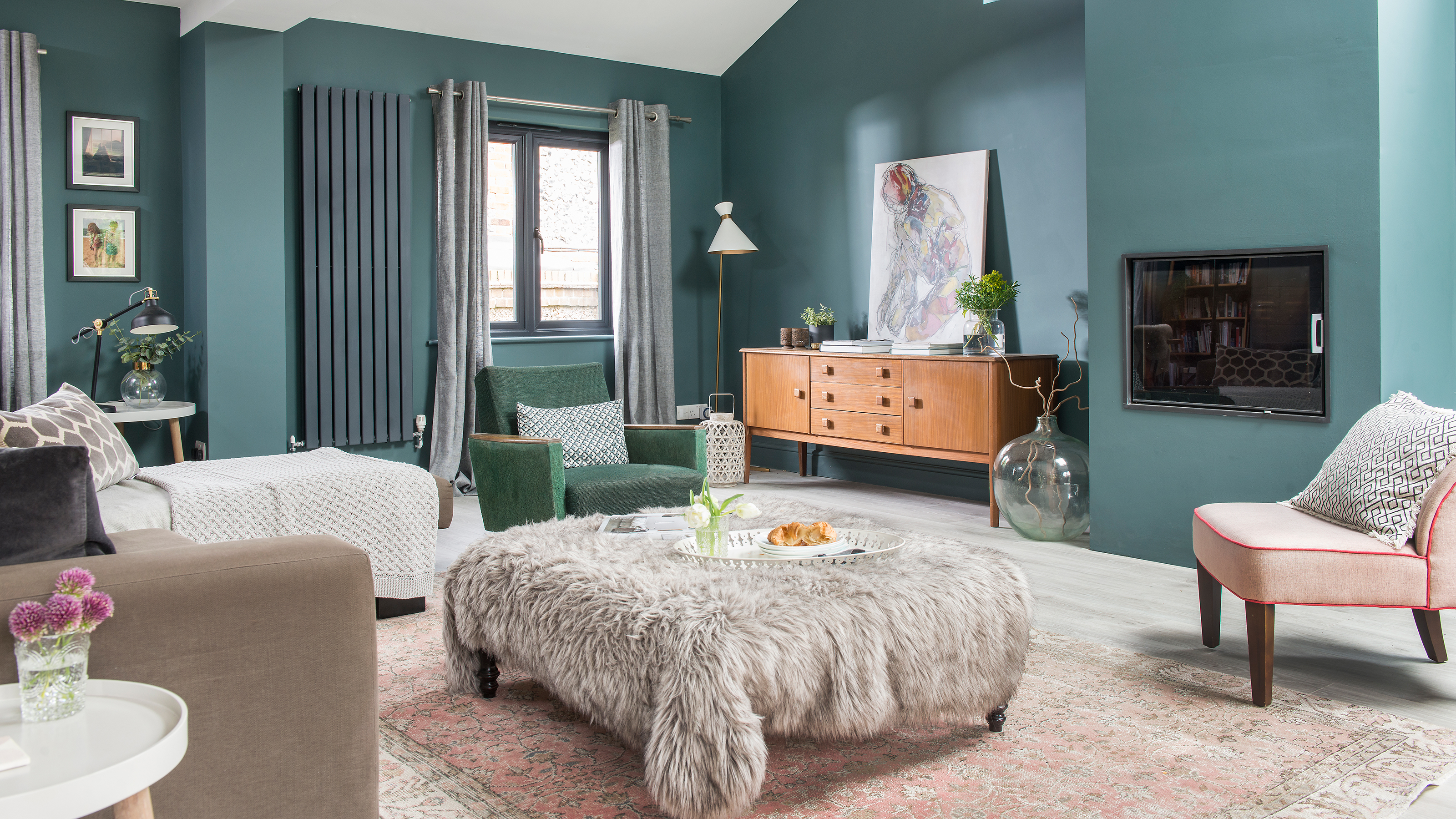
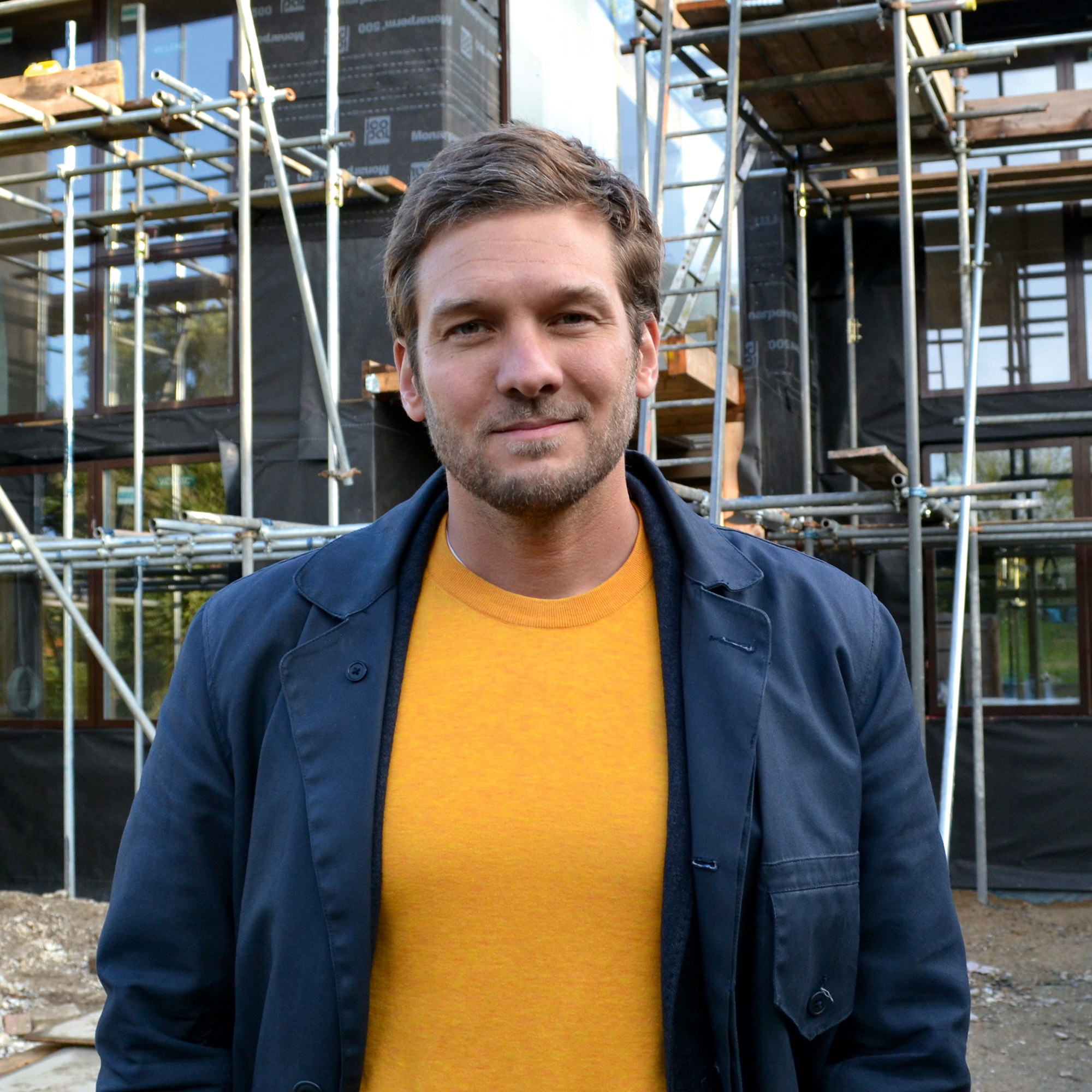
We have one of the oldest and leakiest housing stocks in Europe which is responsible for around 28% of our CO2 emissions. As a country, we’ve committed to reaching net zero by 2050, so clearly tackling this source of greenhouse gas will be a big part of achieving this goal.
In order to do this, we need several massive things to come together; a nationwide insulation/building fabric improvement programme, the decarbonisation of our electricity supply and the use of low carbon heating systems to provide the heat that we will still require.
Heat pumps are going to play a huge part in this low carbon transition and there is a lot of chat around them, not all of it is very clear or even accurate. So I wanted to try and set out the benefits, issues and need to know information, starting with how they work.

Charlie has over twenty year's experience under his belt as an architectural designer, public speaker and tv broadcaster, with a long-held passion for the environment and sustainable building. He loves to share his enthusiasm for, and commitment to, sustainable architecture and design by giving talks to a variety of audiences, covering topics including insulation and heating.
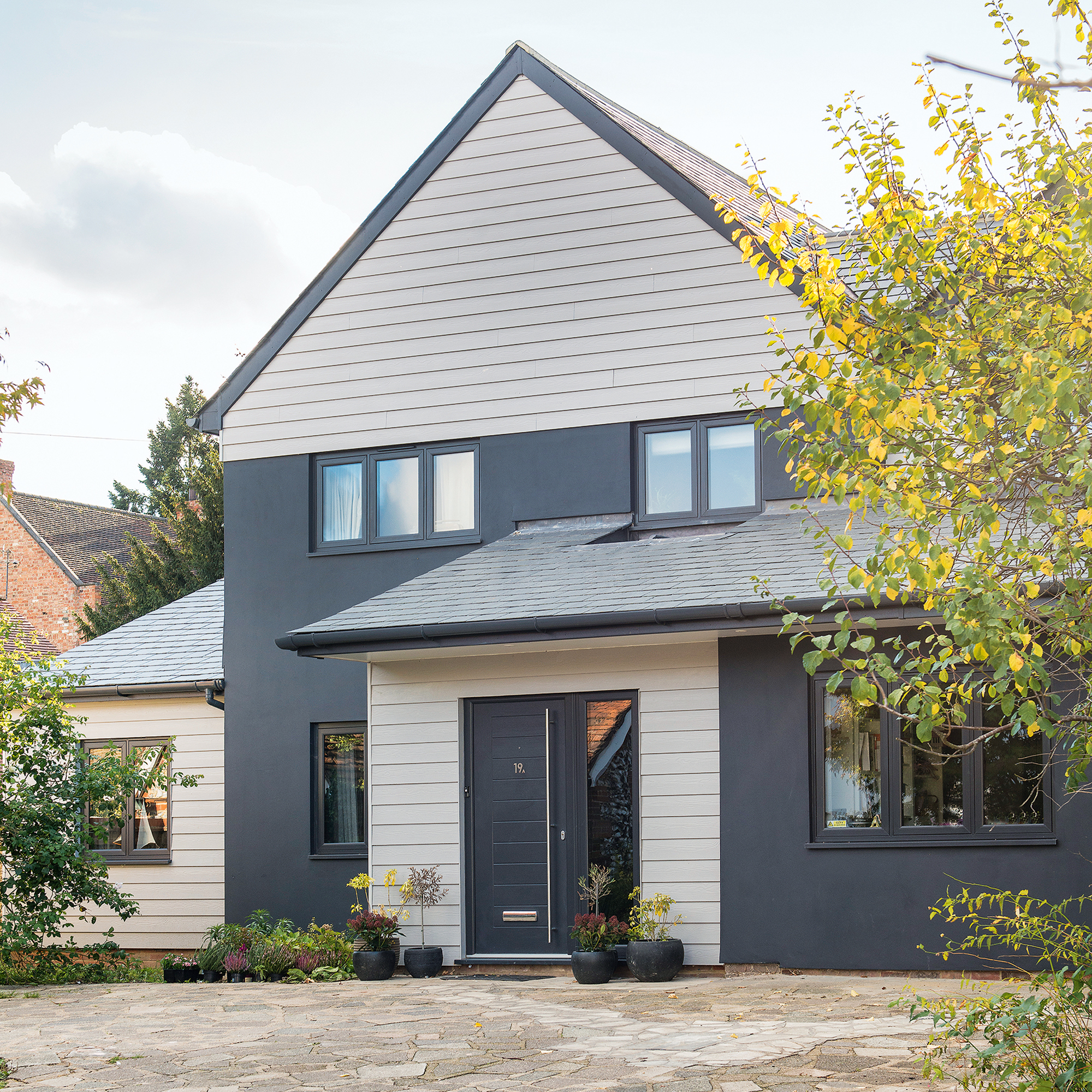
Air Source Heat Pumps (ASHPs) take heat from large volumes of air around your home and whilst this process is most efficient when the air is warm, modern ASHPs are still pretty efficient below freezing. Ground source heat pumps (GSHPs) require long pipes either laid in coils horizontally around 1.2 metres deep or straight down deep into the ground in boreholes. Fluid running through these pipes take heat out of the earth which is then replaced by the sun over time. Whilst more expensive to install, GSHPs are not affected by cold weather as the soil temperature deep down is pretty constant year round.
The ratio at which heat pumps use electricity to create heat from the ambient environment around your home is known as the Coefficient of Performance (CoP). It indicates how much heat energy you get for each kilowatt of electrical energy the unit uses.
A modern ASHP will produce around 2.5 - 3kW of heat for every 1kW of electrical energy it uses, a ground source around 3.5 - 4kW. It sounds a bit like magic… and in a way, it is! However, heat pumps have been used in homes since the 1970s and whilst they are getting more efficient all the time the principles are tried and tested.
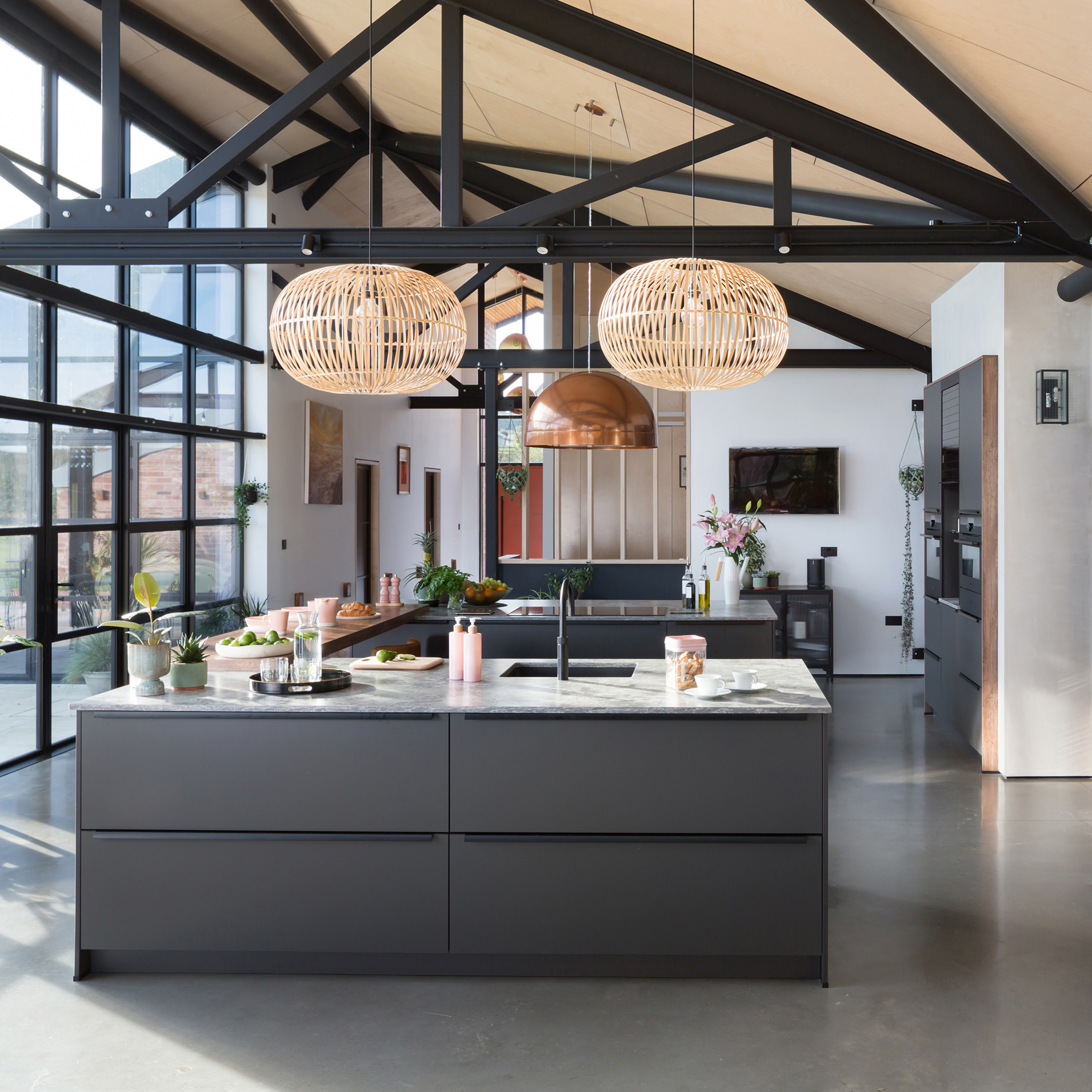
Perhaps more important than how heat pumps work, is how to use them. The main thing to remember is that they work more efficiently at lower flow temperatures than a traditional boiler. The flow temperature is how hot the water coming out of your boiler is on its way to the radiators, hot water cylinder or underfloor heating manifold. Once this gets above 45°C all forms of heating get less efficient, especially heat pumps. This isn’t a big issue but it requires a heating system designed to deal with lower temperatures and still provide the warmth you need. Usually, this means larger radiators and special water cylinders. Underfloor heating is the perfect partner for heat pumps as the flow temps of a traditional boiler of around 60-700°C are way too high for a floor and are mixed down before being pumped around the floor.
Heat pumps really come into their own for well insulated houses with a relatively low demand. This doesn’t mean anything extreme but good loft insulation, filled wall cavities, double glazing or secondary glazing and draft proofing measures that will reduce your heat load and bills and put you in the sweet spot for a heat pump. The thing to avoid is requiring lots of heat when it is very cold as this is when heat pumps are less efficient. Don’t let this put you off as we live in a pretty mild country and heat pumps are used in huge numbers in Scandinavian countries where it is far colder. It’s a matter of seeing insulation and heat pumps as a holistic solution.
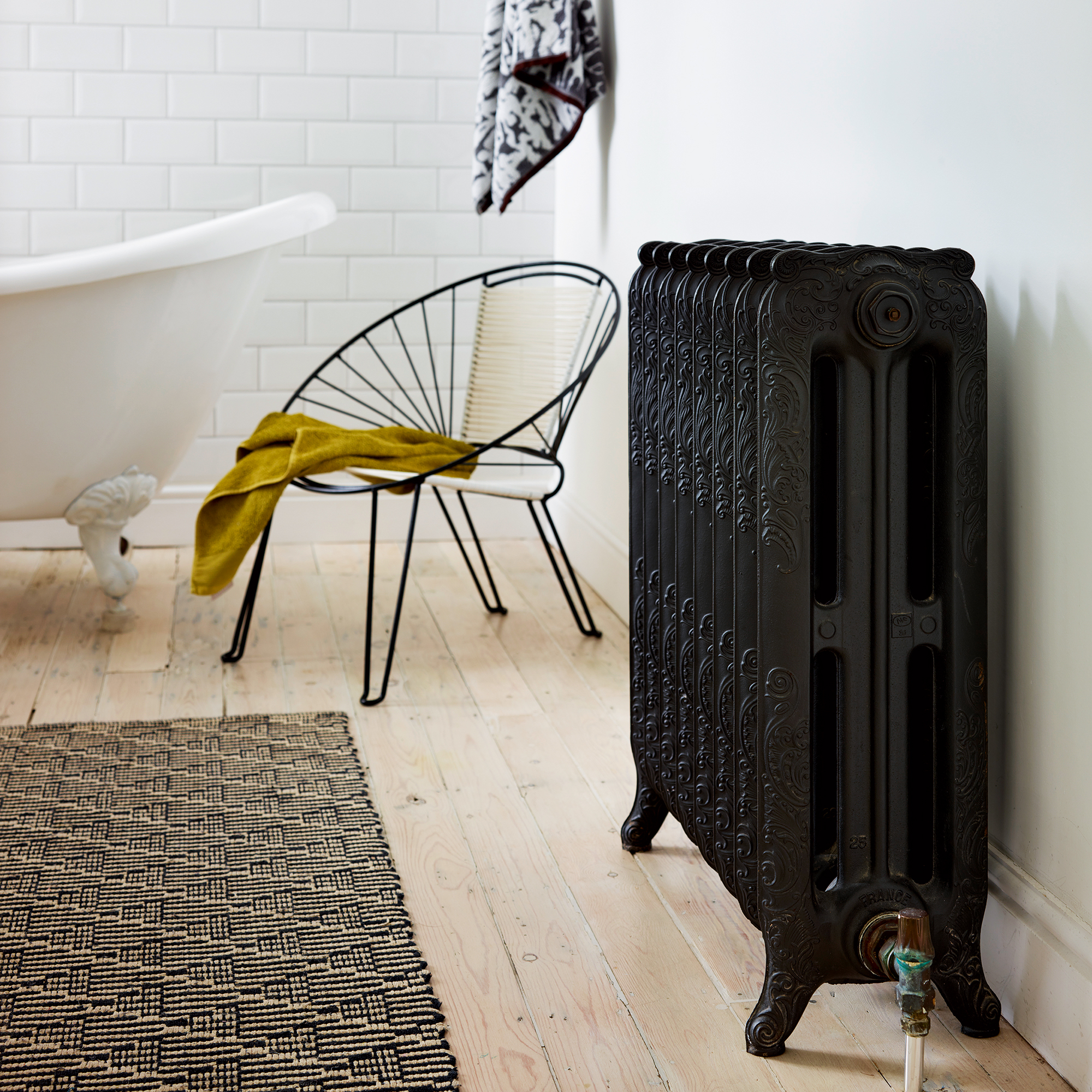
The final piece of the puzzle is control, when to turn your heating on and off with a heat pump. An old traditional gas or oil boiler is usually sized to be able to heat your home and provide a tank of hot water very quickly. The days of sticking an oversized fossil fuel boiler in a home and whacking it up to provide heat are numbered. Heat pump outputs are sized much smaller, and are therefore more efficient, but you need to time your space and water heating in a more considered way. This usually means having a lower heat input over a longer time gently changing the temperature of your home rather than turning the heating off and on throughout the day. It’s a mindset change to more careful heating with less energy to maintain your comfort and reduce impaction on the environment.
Heat pumps have been around for a long time and combined with renewable electricity are the future of heating for many of our homes. Crucially, they need to be properly designed, installed and used to bring low carbon comfort. Having read this, hopefully, you are slightly better prepared to become part of this change.
Get the Ideal Home Newsletter
Sign up to our newsletter for style and decor inspiration, house makeovers, project advice and more.

Charlie Luxton is an architectural designer who juggles his roles as director of Charlie Luxton Design, TV presenter and public speaker. Charlie regularly gives talks and presentations to a wide range of audiences about all aspects of the built environment and sustainability.
Charlie is passionate about the environment and communicating his enthusiasm for sustainable architecture and design. He has combined his design work with writing and presenting television programmes for the last twenty years and fronts Building the Dream and Homes by the Sea for More4, amongst others.
-
 Will a conservatory add value to your home and how can you maximise it?
Will a conservatory add value to your home and how can you maximise it?This is what the pros say
By Amy Reeves
-
 I’ve been looking for a new signature scent for my home and The White Company's new fragrance is the exact summer holiday smell I needed
I’ve been looking for a new signature scent for my home and The White Company's new fragrance is the exact summer holiday smell I neededSantorini smells fresh, summery and sophisticated
By Kezia Reynolds
-
 How to remove algae from garden walls in five steps – and the cleaning product experts rave about for tackling it fast
How to remove algae from garden walls in five steps – and the cleaning product experts rave about for tackling it fastExperts share their top tips for getting garden walls algae-free
By Katie Sims